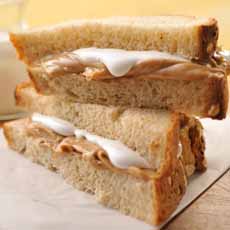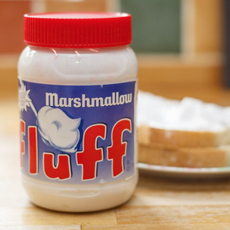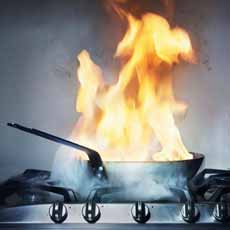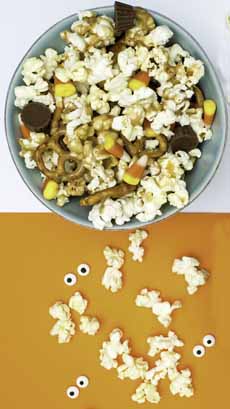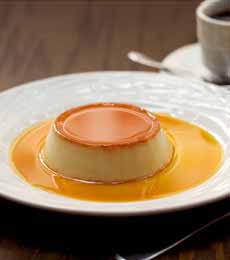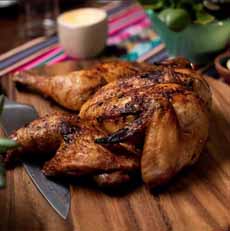
[1] Not just any roast chicken: It’s crisp, pan-roasted Peruvian chicken made with McCormick’s new Peruvian spice blend (photos #1 and #2 courtesy McCormick).
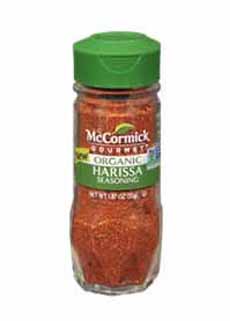
[2] Harissa, one of five of the new Global Spices from McCormick.
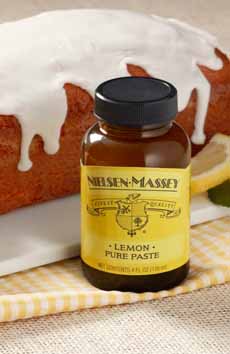
[3] Add a lemon lift to all of your baked goods with this new flavor from Nielsen-Massey.
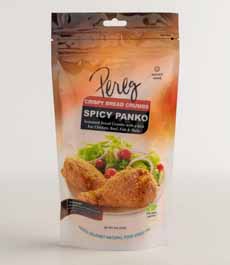
[4] One of the four flavors of flavored breadcrumbs from Pereg.
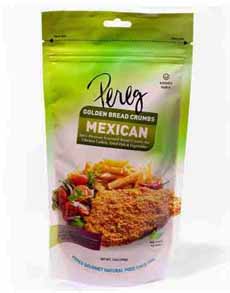
[5] Pereg’s Mexican-spiced breadcrumbs.
|
|
From McCormick, Nielsen Massey and Pereg, our products of the week are flavorings: spices and seasonings that add finesse to your recipes.
Also check out our Top Pick Of The Week, St Pierre Brioche and Belgian Waffles.
1. McCORMICK GOURMET: GLOBAL SEASONINGS
Bring home a world of flavor, invites spice leader McCormick. The organic Global Seasonings series is an affordable way to to add the latest global flavors to your everyday cooking.
The newest releases are inspired by the cuisines of South America, the Middle East and Africa. Made from the highest quality herbs and spices, they’re USDA Organic certified and Non-GMO Project verified.
You can mix the spice blends into eggs, grains, ground meats, salads, soups and sauces. You can easily make dishes like:
Berbere Chicken Flatbread: chicken, feta, mozzarella, onions and tomatoes with Ethiopian seasonings.
Grilled Chicken Shawarma, a favorite Middle Eastern street food (no rotisserie needed).
Pan Roasted Peruvian Chicken, crisp on the outside, tender and juicy on the inside, with a creamy cilantro dipping sauce (photo #1).
Roasted Eggplant With Za’atar Yogurt Sauce, a very flavorful dish with a famous Middle Eastern herb blend, and a sweet and tangy yogurt sauce.
Shaved Carrot Salad With Pomegranate Harissa Dressing, the key seasoning in Tunisian cuisine gracing a crisp salad with a spicy vinaigrette.
Meet The Spice Blends
Berbere: Ethiopia’s most popular seasoning contains cardamom, cayenne pepper, cinnamon, ginger and paprika. Hot, sweet and citrusy, this blend is perfect for chicken stew and meats, as well as lentils and veggies.
Harissa: A key spice blend in North African cuisine, this blend combines chiles, mint and warm spices* (photo #2). Add it to meat and vegetables before grilling, stir it into cooked rice and other grains, mix it into yogurt for a dip. Add roasted bell pepper purée and olive oil to turn this spice into its namesake sauce.
Peruvian: A blend of spicy flavors with tangy accents, this seasoning is a must for flavoring meat and veggies before grilling or roasting, stirring into stews and soups and creating South American favorites like ceviche, empanadas and Peruvian chicken.
Shawarma: Named for a favorite Middle Eastern street food, this blend is made with cardamom, cinnamon and coriander. It stars in an easy marinade or rub for chicken, beef or pork.
Za’atar: This traditional Middle Eastern blend of spices includes thyme, oregano and sesame seeds. It’s perfect for sprinkling on flatbreads, grilled vegetables, nuts, even popcorn. It can also be mixed into dips like hummus, or into olive oil for bread dipping.
For more information visit McCormickGourmet.com.
2. NIELSEN-MASSEY LEMON & VANILLA PASTES
Cooks and bakers who demand the best use Nielsen-Massey products. Known for decades for their fine vanilla extracts and beans, the line has expanded over recent years to include pastes and powders for fine baking.
We’re fans of their Madagascar Bourbon Pure Vanilla Paste, and have just tried a sample of the new Pure Lemon Paste (photo #3).
One of the reasons to use pastes instead of other types of flavor is that they don’t add unwanted liquid to the recipe. The thick pastes won’t thin out batters and sauces.
N-M’s Pure Lemon Paste adds a sweet, bright citrus flavor without the need to juice or zest. Use it as:
A glaze for fish or chicken.
A flavoring for mayonnaise, whipped cream or yogurt.
A flavor for cakes, muffins and scones (we love it witn pound cake and icing).
Lemon pancakes, or any favorite foods you want to endow with real lemon flavor.
Try the vanilla in baking, of course; but also in:
Lattes.
Pancakes.
For more information visit NielsenMassey.com.
3. PEREG NATURAL FOODS: FLAVORED PANKO BREAD CRUMBS
Pereg Natural Foods is a specialist in spices and grains, offering more than 60 varieties of spices, spice blends and herbs, along with flavored ancient grain mixes, gluten-free quinoa pastas, couscous, basmati rice, spreads, and breakfast cereals.
Most interesting to us right now is their line of flavored bread crumbs, traditional and panko.
|
In addition to plain bread crumbs in different textures and toastiness—American, Coarse, Golden Crisp, Fine, Whole Wheat, Viennese† and Coarse Japanese Panko—there are four flavors:
Italian Bread Crumbs
Mexican Bread Crumbs (photo #5)
Spicy Panko Bread Crumbs (photo #4)
Sweet Chili Bread Crumbs
Viennese Bread Crumbs
All Nielsen-Massey products are all-natural, allergen-free, gluten-free, GMO-free and certified kosher by CRC.
All products are dairy- and lactose-free. The line is certified kosher by both OU and CRC. Many items are Non-GMO Project verified, gluten-free certified, Whole Grain Council approved, and vegan.
See more at Pereg-Gourmet.com.
________________
*Warm spices include cardamom, cinnamon, cloves, coriander, cumin, ginger, nutmeg, pepper and star anise.
Viennese crumbs are made for coating and frying chicken, schnitzel, fish & vegetables.
|

